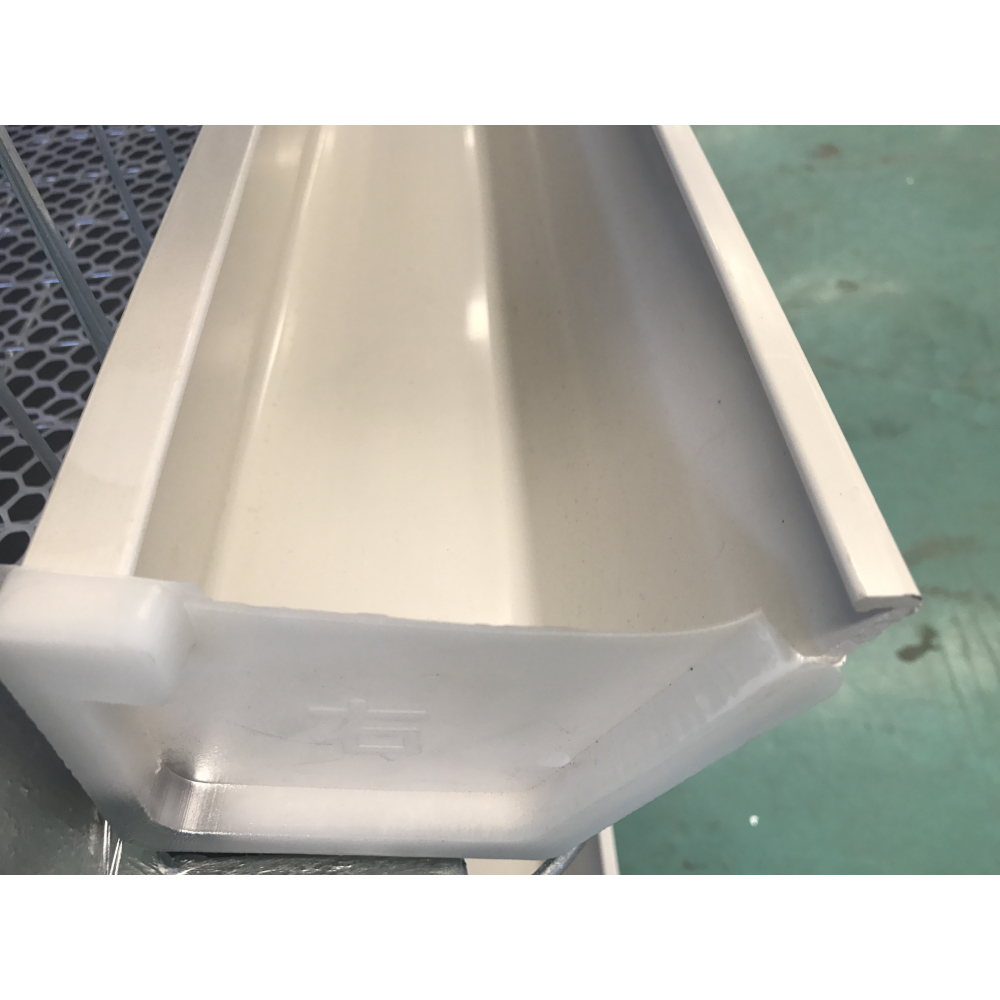Efficient Blending Solutions for Livestock Feed and Grain Mixers to Enhance Productivity and Nutrition
សីហា . 13, 2024 22:52 Back to list
Efficient Blending Solutions for Livestock Feed and Grain Mixers to Enhance Productivity and Nutrition
The Role of Feed Grain Mixers in Modern Agriculture
In the arena of modern agriculture, efficiency and precision are crucial for producing high-quality livestock and maximizing yield. One of the unsung heroes in this sector is the feed grain mixer. This machine plays a vital role in ensuring that feed formulations are consistent and nutrient-rich, which is essential for the health and growth of livestock.
Feed grain mixers are designed to blend various types of feed ingredients, including grains, protein sources, vitamins, and minerals. The mixing process is fundamental to creating a balanced diet for livestock, ensuring that animals receive all the essential nutrients they require for optimal growth and milk or meat production. A properly mixed feed helps in improving feed conversion ratios, which translates to better weight gain in animals and higher productivity on the farm.
Modern feed grain mixers come in various forms, including horizontal and vertical mixers, each with its own advantages
. Horizontal mixers are typically used for larger quantities and offer efficient mixing capabilities, while vertical mixers are ideal for small to medium-sized operations. Regardless of the type, these mixers use several methods, such as augers and paddles, to thoroughly combine feed components, ensuring that each bite of feed is nutritionally complete.One of the significant advancements in feed mixer technology is the integration of automated systems. Many modern mixers are equipped with electronic controls and sensors that allow for precise measurement of feed ingredients, ensuring consistent mixing ratios. This level of precision minimizes waste and optimizes the nutritional content of the feed, ultimately benefiting livestock health and farm profitability. Additionally, some mixers have the capability to store multiple feed recipes, streamlining the feeding process and improving operational efficiency.
feed grain mixer

Feed grain mixers also contribute to sustainability in agriculture. By enabling farmers to create customized feed blends, these machines help optimize the use of available feed resources. Farmers can utilize by-products and locally sourced grains, reducing the reliance on imported feed materials and lowering the carbon footprint associated with transportation. Furthermore, the efficient mixing process can reduce feed wastage, ensuring that more of the nutrients reach the animals.
Incorporating feed grain mixers into a farm's operations can significantly impact overall farm management. With the ability to mix and prepare feed on-site, farmers can respond more rapidly to the nutritional needs of their livestock. This flexibility is crucial, particularly during times of feed shortages or when adjusting diets based on growth stages or health conditions.
Moreover, feed grain mixers enhance the overall quality of the end product. Livestock that consume well-balanced and properly mixed diets tend to exhibit better health, increased resistance to disease, and improved reproductive performance. For dairy farmers, this translates to higher milk yields, while beef farmers benefit from faster weight gain and more marketable meat quality.
In conclusion, feed grain mixers are indispensable tools in contemporary agriculture. By enabling precise feed formulation and reducing inefficiencies, these machines not only support the health and productivity of livestock but also promote sustainable farming practices. As the demand for food continues to grow globally, the role of feed grain mixers will only become more critical in meeting the challenges of modern livestock production. With ongoing advancements in technology, the future of feed mixing looks promising, paving the way for a more productive and sustainable agricultural landscape.
-
High Performance Exhaust Fan – Efficient Ventilation Solutions for Home
NewsJun.10,2025
-
High-Quality Gestation Pen for Sows Durable Mobile Pig Pen & Simple Pig Pen Solutions
NewsJun.10,2025
-
High Quality Rabbit Cage Double Tier Designs & Welded Wire Mesh Supplier
NewsJun.10,2025
-
Floating Fish Feed Machine - High Efficiency Floating Fish Feed Extruder for Small Scale Production
NewsJun.10,2025
-
Premium Poultry Housing Solutions Mobile & Commercial Free Range Options
NewsJun.10,2025
-
Industrial FRP Fans Corrosion-Resistant Blades & Centrifugal Systems
NewsJun.09,2025






